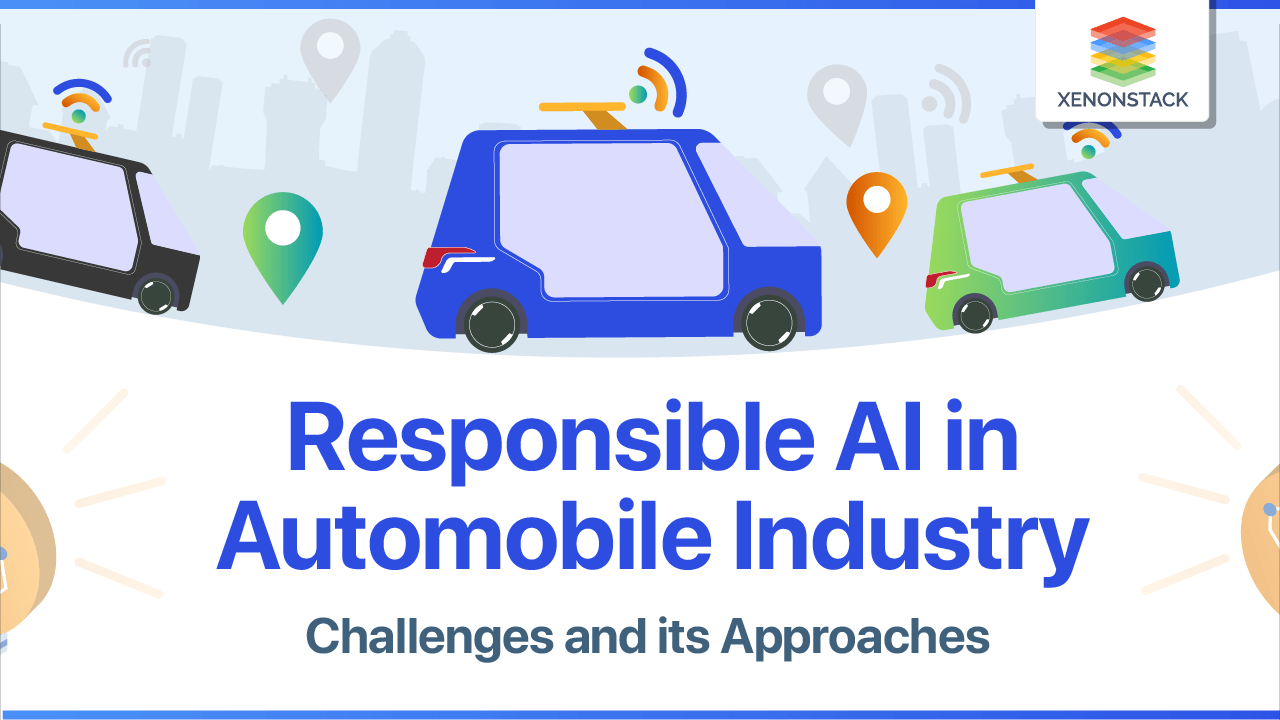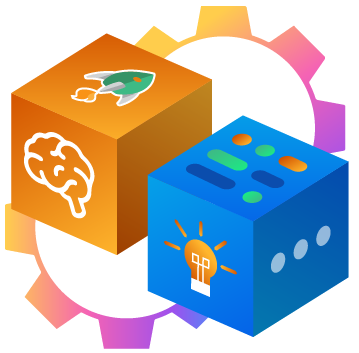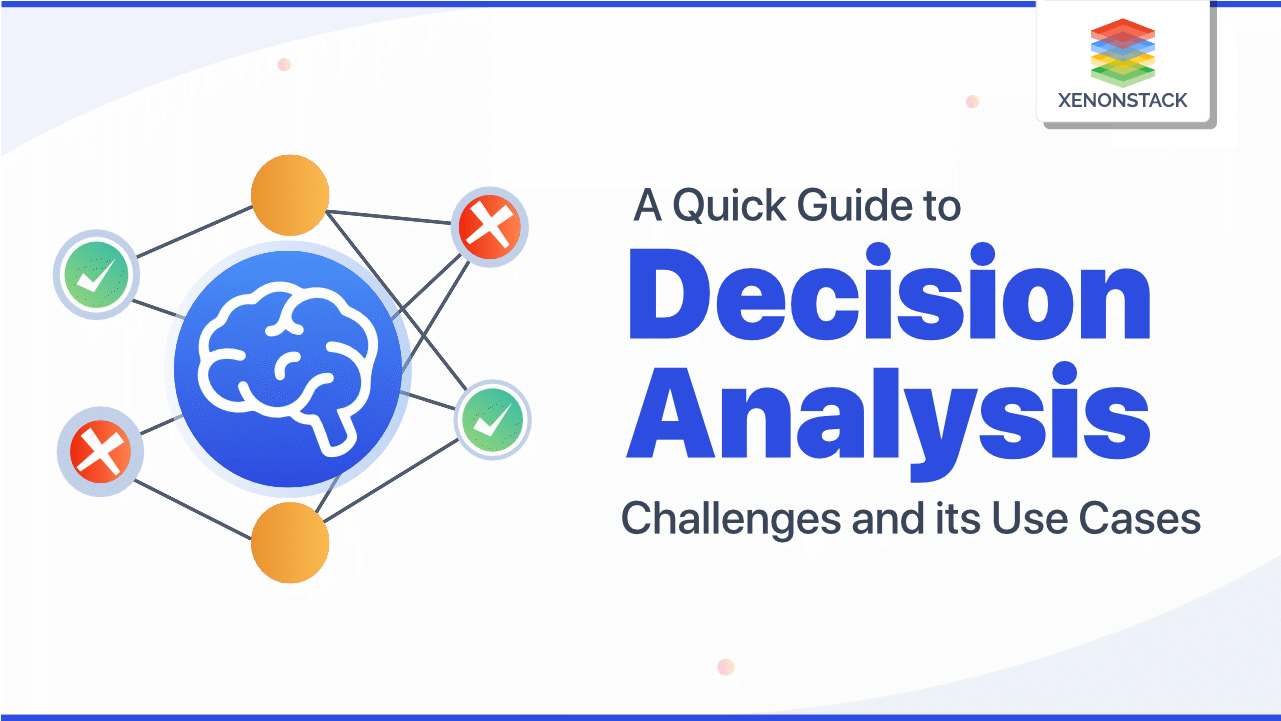
Introduction to Responsible AI in Automotive
From designing robots to self-driving cars, AI has transformed the automobile industry. Artificial Intelligence transforms most aspects very fast. It changes the process from research & design to project management and business support functions.
Despite these innovations, trust issues are noticed while adopting AI. A Global business executive survey report noticed that over 90% of the cases face ethical issues while adopting, and over 40% are completely abandoned. The two primary reasons for these issues are the opaque ML model and neglecting moral values. Moreover, finding system limitations and bugs also becomes problematic.
Until 2011 automobile manufacturers were not using dummies of female bodies while testing car crashes. As a result, 47% more women were more likely to be seriously injured than men. The solution must consider features like Ethical, Secure, Human-centered, and Preserving AI with data compliance and governance to mitigate these types of bias and other ethical issues. For successful AI, it is mandatory to build it responsibly, which could provide privacy, security, explainability, and ethical choices in the AI system.
The implementation of ethics is crucial for AI systems to provide safety guidelines that can prevent existential risks for humanity. Click to explore our, Ethics of Artificial Intelligence
What is Responsible AI In Automobile?
To answer all the questions discussed in the challenges, we need a Responsible Artificial Intelligence approach to building a revolutionizing AI system. Responsible AI makes it possible to consider societal, moral, and legal values while designing the system. It is required to understand ethics with respect to control and autonomy. Our motive is to design adaptable, responsible, and reasonable systems for the world, not only automating and augmenting human tasks.
The end-to-end governance process is based on Ethics, ML interpretations, and the human-centered and secure AI system. It implements principles based on human rights, morals, laws, regulations, and best practices for developing ML and AI processes.
What are the Challenges of Responsible AI in Automotive Industry?
The more advance the algorithm is, the more complex and hard it is to understand. Thus finding their limitation, bugs, and performance is becoming impossible. With the advancement of AI at high speed, several questions are raised in a user's mind regarding economic, social, political, legal, technological, ethical, and philosophical issues. Such as:
- Why does the system make this particular decision, not else?
- When would it succeed or fail?
- Where is an error, and how can it be corrected?
- Are machines able to make moral decisions?
- Are these decisions fair?
- Is it ever appropriate to treat artificial systems as ethical entities?
- What are the ethical and legal consequences of these technologies?
- How do human rights, morals, and values be part of the design process of the AI system?
It is impossible in the case of deep learning and neural networks ML algorithms to answer those questions. These types of algorithms cannot answer how they work and make decisions.
Why do we need Responsible AI In Automobile Industry?
AI systems in the Automobile industry have many challenges, but self-driving cars are complex compared to other decision-making-related algorithmic situations. The potential for danger and destruction is tremendous when millions upon millions of self-driving cars on the road will be millions upon millions operating by AI and having automated systems and algorithms designed with unknown bugs and errors in it.
No doubt, self-driving cars deplete the annual human deaths caused by human errors while driving. But wrong-trained self-driving car algorithms can cause many times more destruction than those caused by human errors. Therefore it is required to give extra attention to algorithmic transparency and ethics in the system.
Responsible Artificial Intelligence and its principles brings in itself enough potential to make better the lives of many, and to ensure human rights to all. Click to know Responsible AI Principles and Challenges
Approach of Responsible AI in the Automotive Industry
As we discussed, some principles make the AI system more accurate, feasible, and valuable for society. It is required to infuse such beliefs and principles into the AI system.
Responsible
We always remain responsible for decisions while designing, developing, and deploying AI applications. AI-based applications such as self-driving cars act on their own. Because humans design them, and if AI systems mess up, it is evident that there is a shortcoming of the system. So the major question that people ask is who will be responsible if that car goes awry and causes injuries or death. This human will be responsible because the human makes that at last.
If they need proper maintenance and track of performance after some but supposed if is not taken care and not given proper maintenance and giving disastrous results thus for this, human is responsible.
Equitable
Proper steps need to track, find and mitigate the bias in AI systems. In the case of Self-driving cars, cars might react to pedestrians differently based on their race. In a study by NITC (National Institute for Transportation and Communities), it is noticed that black pedestrians have to wait 32% of the greater time than white pedestrians. It means results support the hypothesis that minority pedestrians experience discriminatory treatment by drivers.
Self-driving cars can also get mired in bias; therefore, keeping track of and mitigating those biases is required. So we are taking deliberate steps to minimize unintended bias in AI capabilities.
Traceable
Such a self-driving car trained on crazed and antagonistic traffic data of New York City can result and adopting a very aggressive driving style, and if it is used on other roads having an opposite environment, such as a more even-paced sense of driving, things could change. Therefore, there is a need to be mindful of data sources, transparency, and systems auditing.
Reliable
Our system builds secure, safe, and effective capabilities in AI systems. It makes sure to use approaches of Privacy and Preserving AI for the AI system’s safety. In the case of self-driving cars, their success depends on how safe they are with security and effectiveness of performance.
Governance
The system always makes sure to detect and avoid the unintended consequences of the system, especially adverse ones. It is capable of deactivating the system that shows unintended behavior. In other words, it is all under the control of humans. In the case of self-driving cars, they can be deactivated if it demonstrates unintended behavior.
A data-driven semantic web that leverages machine-based data understanding to develop smarter, more connected web experiences for users. Read here about Role of AI in Web 3.0
Use cases of Responsible AI In Automobile
Predictive Maintenance
Unexpected failure of a machine causes a catastrophic cost and idle employees unable to complete production quotas. Thus it could cause unfortunate consequences for the whole factory. But AI-based predictive maintenance can help predict the likelihood of breakdowns or imminent using the data collected from different sensors and parts and detect anomalies and errors from background noise and diagnose the problem.
As we all know, the maintenance of equipment has high costs, so it is also required that the system gives accurate results. Before Explainable AI, it wasn't easy to trust the system results as it could not justify their results due to the black-box model functioning. Explainable AI can give an interpretation of the model working and out that build customer trust in systems.
Robot-Human Collaboration
Robot-human collaboration provides more productive employees. Computer vision advancement drives progress toward collaborative and context-aware robots. Better algorithms and computing power lead to flexible and non-special purpose robots working alongside humans while reacting to changes in the environment with fewer configurations. Robot-human collaboration can help to perform tasks that are not fully automatable and potentially increase productivity.
Quality Problem
AI can be used for quality control. Such as inspecting paint car bodies to check whether it is done appropriately. When humans do this task, then it becomes relatively slow and prone to errors. But when it is automated using AI, it could increase the speed to complete the task but still have some chances of errors, such as if lightning is not perfect or the product is mounted just a bit off-center for inspection.
Therefore it is required to inspect all these factors and also check how the system makes decisions. Responsible AI helps to overcome these issues. Quality testing can be used to analyze the root causes of defects and improve overall production processes.
Car Assistant
While driving a car, there are several tasks such as activating wipers, switching on headlights, etc. These tasks can be automated using voice commands that make it easy for the driver to perform tasks by giving commands rather than switching them on and off manually.
Sign Recognition
On-road image detection introduces a solution for automatic sign recognition and uses them to adhere to speed limits and other rules according to the sign.

Conclusion
The automotive industry has benefited greatly from the many transformations brought about by Responsible AI. Various automotive brands are now launching new vehicles with AI-powered innovations such as driver assistance, voice assistants, and facial recognition security.
In the future of AI in the automotive industry, customers will prioritize vehicle function over form. Instead of focusing on the best cars, they focus on the best services, and Responsible AI is helping automakers meet these customer demands. New business models and services that utilize AI may emerge.
Discover more about Explainable AI in Auto Insurance Claim Prediction
Read more about Explainable AI in Manufacturing Industry


